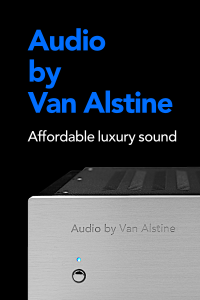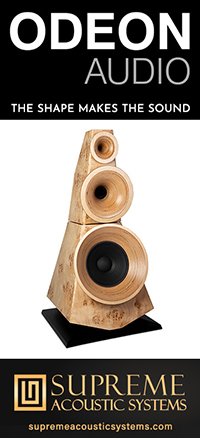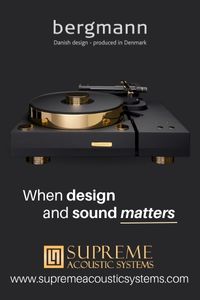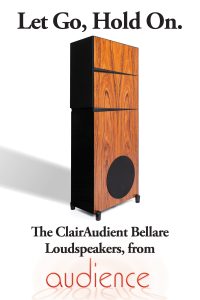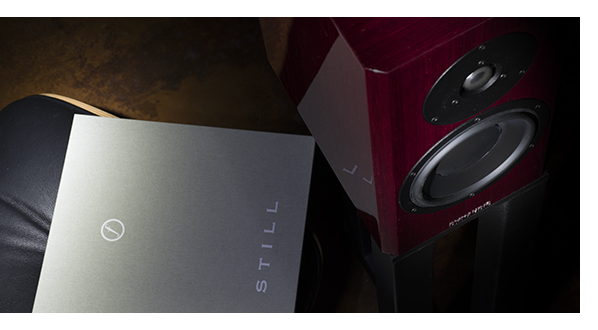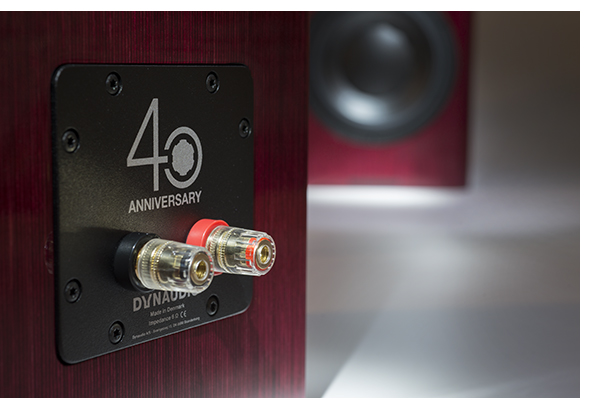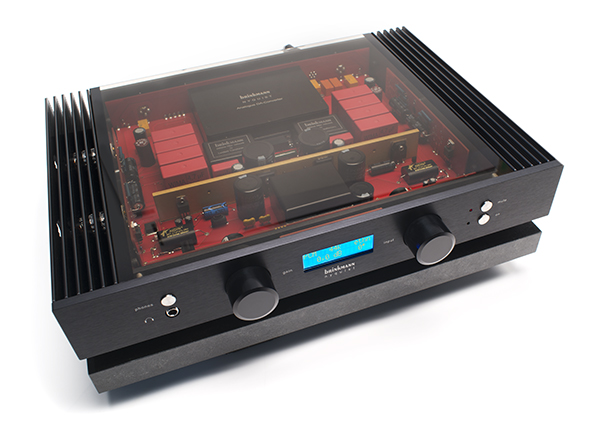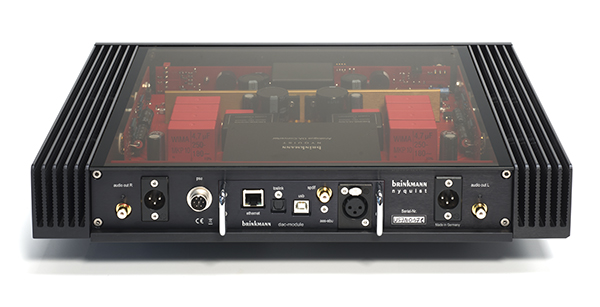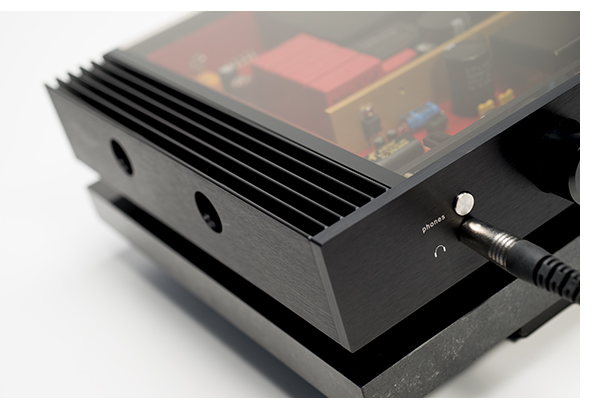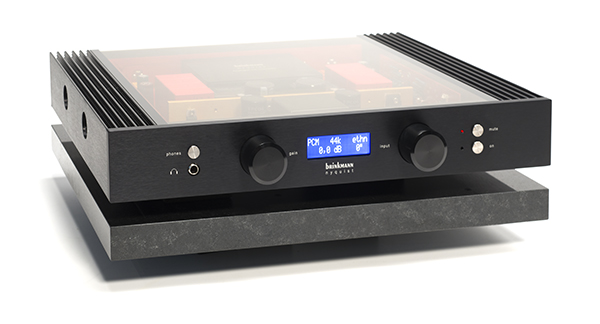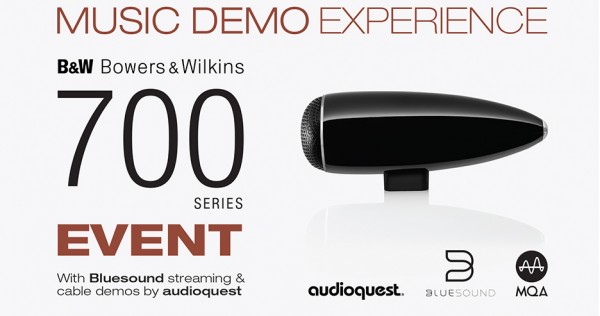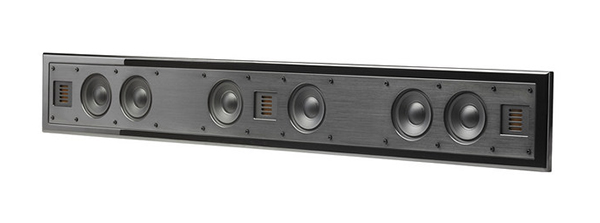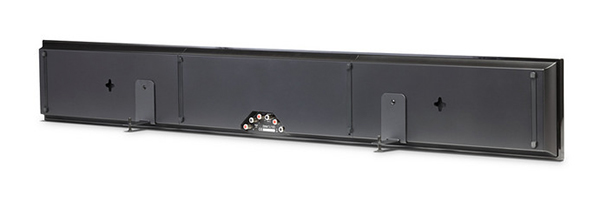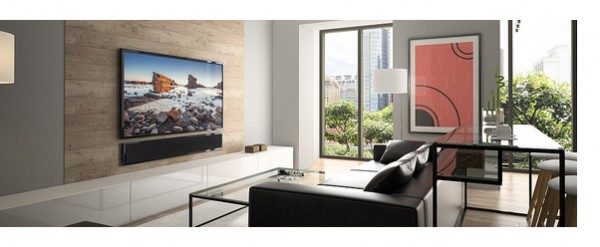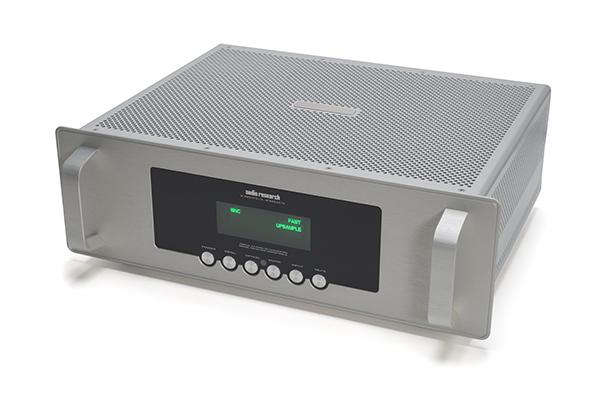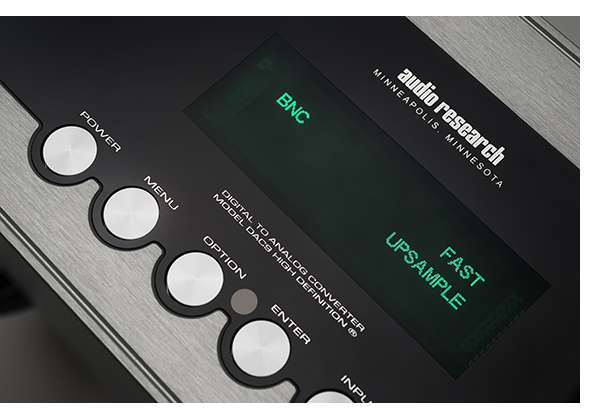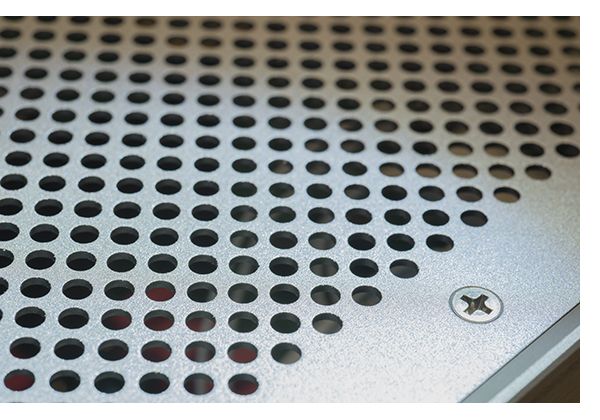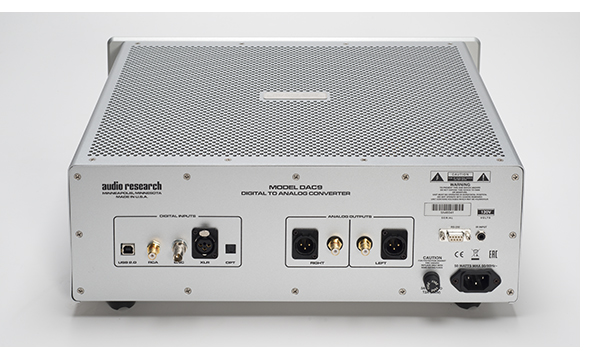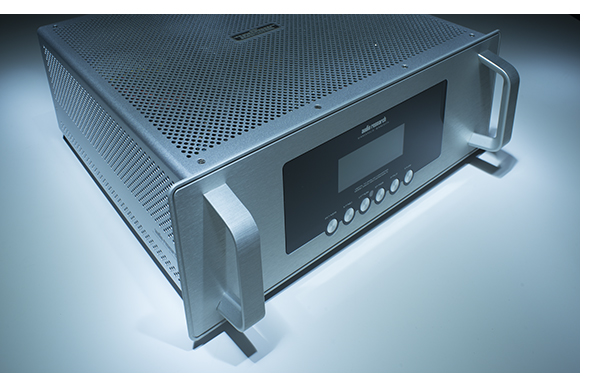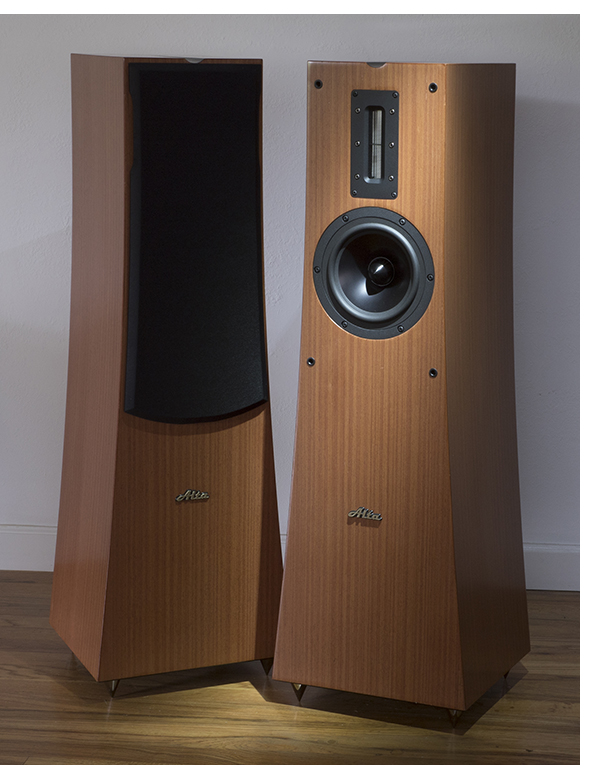 A few years ago, we reviewed the original Alta Audio speakers and came away very impressed at the integration of woofer and ribbon tweeter – a tough engineering feat.
A few years ago, we reviewed the original Alta Audio speakers and came away very impressed at the integration of woofer and ribbon tweeter – a tough engineering feat.
Great as they sounded, the amorphous shape left me a bit cold from an aesthetic perspective. But as a guy that used to drive a bright lime green Saab 99, an off-center shape has never kept me from something that accomplishes its task.
Today, we have the Rhea in a much friendlier, rather unique bell-like shape, finished in rosewood (and custom colors – lime green, even!) only weighing 40 pounds each. This two-way system sports a slightly smaller ribbon tweeter than the flagship speaker, and a seven-inch woofer. Black grilles are supplied, but the Rheas look so attractive without them, I can’t imagine wanting to leave them on.
The deep bass groove in Beck’s “Little One” immediately convinces me of the Rheas room-filing sound. While they work well in my smaller, second room (13 x 15 feet) they require a bit more fiddling to achieve a perfect balance of deep and upper bass, the spacious sound in room one (16 x 25 feet) proves they can fill a room with ease. And the lovely integration of ribbon tweeter and LF/MF driver in Altas larger speakers has not been lost at a $4,495 price point.
Nearly all evaluation was done with the Pass Labs XA200.8 monoblocks, which have way more than enough juice to power the moderately sensitive (87.5db/1-watt) Rheas, but don’t let the specs lead you to a false conclusion – they are easy to drive, even with a modest amplifier. You won’t blow the windows out of your living room with a Rega Brio, or small PrimaLuna amplifier, but you can achieve more than adequate volume levels. Those requiring “turning it up to 11” will need at least 100 watts per channel to inflict ear damage.
One pairing we found that proved excellent and won’t break the bank is the new PS Audio Stellar amplifiers. The $2,995/pair M700s though excellent, was almost too much power for these speakers, but the $1,495 S300 combined with your favorite preamp or DAC will put you in the drivers’ seat for way less than $10k. Even if you spend a few bucks on a tasteful audio rack, some decent cable and a turntable. Not bad. Read Rob Johnson’s review of the Stellar S300 here.
Space and resolution
First impressions rarely lie, and even though speakers need to play for a few hours to reach their ultimate sonics, lousy speakers still sound lousy after 500 hours of “break-in.” Consequently, good speakers sound fine out of the box, becoming more refined with age. The Rheas are in the latter category.
The Rheas resolution and low-level delicacy hits you the minute you fire them up, even if they are not correctly placed – another great sign. Where this speaker will really challenge you is to fine tune the mid-bass tubbiness out of them. Plan on spending a couple of hours to make minute adjustments. If your Rheas feel just a bit constricted and flabby, you haven’t found the spot yet. Stick with it.
Whatever musical generation you happen to love, choosing a playlist full of tunes with elaborate studio craftsmanship will keep you glued to your listening chair. The Rheas construct a highly detailed, focused soundstage – though they are better at left to right than my other ribbon reference, the Raidho X-1s. While it is somewhat apples to oranges, the Raidho is a bit more three dimensional, but the Rhea is more expansive left to right. This stays consistent regardless of amplifier choice, though your favorite tube amp might just offer a little more image depth. The vibes throughout It’s Time For Dave Pike had me freaking out at times they sounded so big. The overall tonality of the Rheas might be goosed just a bit, but it’s in a way that serves the music and certainly not way overblown like a big pair of Magnepans can be at times.
Excellent throughout the range
Balance is the key with the Rheas, and they do not disappoint, regardless of program material. Like every modest sized speaker, there is a spot beyond which the Rhea can be pushed no more and at that point, compression sets in pretty quickly. This is not as noticeable with music having a wide dynamic range as much as popular music with a limited dynamic range. Cranking up UFO’s Lights Out was a little too much for the Rheas, but switching the program material to Elise Legrow’s Playing Chess (with considerably more dynamics) makes for enjoyable listening, even at fairly loud levels.
I’ve always been biased towards full range electrostatics and big panels, valuing top to bottom coherence; that’s my cross to bear. Next on the list is a well-executed two-way. The Rheas do a fantastic job convincing you that you are listening to a single music source, not a woofer crossed over to a tweeter. They disappear into the room handily, and that’s top on my list.
The Rheas also do an excellent job at pulling the small, quiet details out of less than fantastic recordings, and this will endear them to audiophiles on a budget. Rolling through a long playlist of generally lousy recordings, the Rheas still shine. U2’s All That You Can’t Leave Behind is dreadfully flat throughout, yet it proved engaging through the Rheas, exposing minute details and faint background vocals that are tougher if not impossible to hear on a handful of more expensive speakers we’ve auditioned. This perhaps is their best strength. That smooth ribbon is gonna get you every time. Its complete lack of grain and the subsequent fatigue that accompanies it is lovely.
What’s missing?
Much as I hate the cliché, the Rheas minor sins are those of omission. They don’t play as big, loud and dynamic as Alta’s larger models, but that’s what you write the bigger check for. The level of balance that they do offer has only been matched by a few other speakers in this price category. Where some manufacturers concentrate on bowling you over with a single aspect of music reproduction, the Rheas excel at doing everything to a high standard. And if you miss that last bit of low bass, get a couple of subs – you’ll still be way ahead of the game.
The level of clarity and resolution that the Rheas offer is what really sets the Rheas apart from many of their competitors. If this is your hot button, you’re really going to enjoy these speakers. And don’t forget, they do come in lime green.
The Alta Audio Rhea Speakers
$4,495/pair









